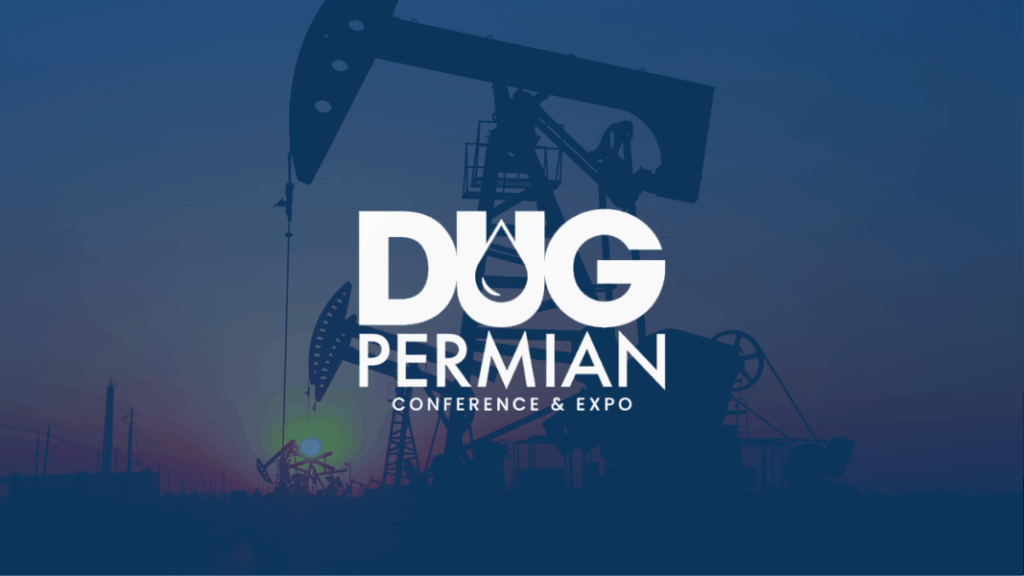7 Key Takeaways from DUG Permian 2025
By Patrick Patton, VP of Products, B3 Insight
“Never underestimate the American engineer.”
That single line—spoken on stage in Midland—summed up the tone of this year’s DUG Permian Conference. Despite tighter margins and rising operational pressures, innovation continues to define the Permian Basin.
The conversations in Midland centered on efficiency, cost discipline, and data-driven optimization to determine long-term competitiveness.
Below are seven key takeaways shaping how operators think about production, water, and pressure management heading into 2026.
1. Efficiency Is the New Growth
As Dan Pickering noted, “Efficiency is the new growth.” Rig counts are down roughly 8% year-over-year, yet drilling productivity continues to climb, averaging more than 1.6 wells per rig per month. Longer laterals, AI-driven optimization, and field automation are enabling operators to sustain output with less capital. The U.S. oil sector continues to demonstrate that ingenuity, not spending, drives production resilience.
2. OPEX Pressure Is Redefining Margins
While service costs remain elevated, most executives emphasized operational discipline over expansion. Power and water management are now the most material controllable costs on the balance sheet. Several panelists described a shift in focus: OPEX now matters more than CAPEX. Logistics, electrification, and pad design are the levers for protecting free cash flow.
3. The Permian’s Evolving Product Mix
The basin is becoming slightly less oil-heavy and more gas-weighted. Across many operators, oil’s share of total production has fallen 4–6 percentage points since 2022. This gassier trend, coupled with intermittent pipeline constraints and persistent Waha price weakness, reinforces a key question for the decade ahead: how will the Permian monetize gas profitably?
4. Water Management Moves to the Forefront
Water-to-oil ratios continue to rise, and for many operators, produced-water disposal, recycling, and transport are the largest controllable cost levers. Partnerships like BPX and WaterBridge highlight how the industry increasingly views water infrastructure as a strategic asset, not a service cost.
5. Inventory Depth and Private Capital Are Evolving
Inventory replacement remains the defining strategic challenge. Private equity-backed operators are pivoting from “buy-and-flip” to “prove and partner”—testing new horizons such as the Barnett, Woodford, and Devonian. This shift signals a longer investment horizon where asset value is tied to demonstrated deliverability and infrastructure readiness.
6. Gas and Infrastructure Define the Next Frontier
Speakers repeatedly emphasized that gas is an underleveraged resource awaiting infrastructure. Companies like Permian Resources pointed to midstream partnerships that create pricing optionality, while BPX highlighted gas-to-power and electrification advantages that cut costs. In the coming decade, the basin’s competitive edge will Include gas infrastructure and utilization, not just oil production.
7. Consolidation and Capital Discipline Continue
M&A momentum remains strong, but the motivation has shifted. Deals are now about portfolio quality, OPEX efficiency, and resilience—not just scale. Companies like Diamondback and Permian Resources reinforced that sustained shareholder returns and low leverage now define success in the shale era.
The Bottom Line
The Permian remains the powerhouse of U.S. energy supply—but the rules continue to evolve. Margins are tighter, and production is gassier. Pressure is shifting from rig count to resource quality and cost control.
And yet, true to form—the American engineer still finds a way.

